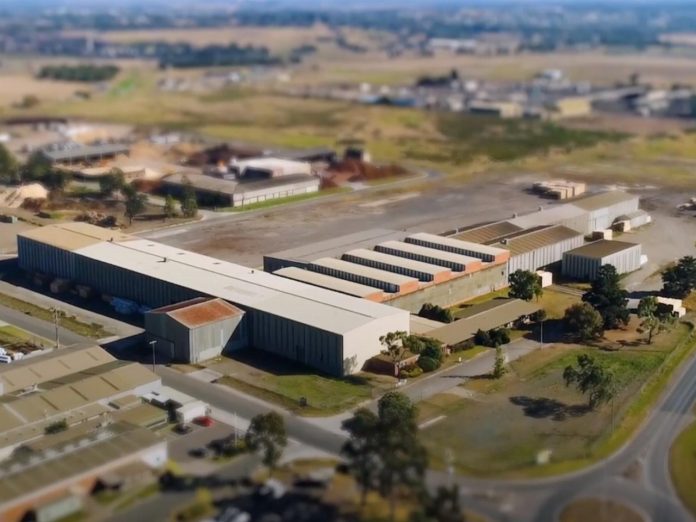PHILIP HOPKINS and ZAIDA GLIBANOVIC
By PHILIP HOPKINS and ZAIDA GLIBANOVIC
LATROBE Magnesium (LMG) has chosen Malaysia’s Sarawak state to develop a $1 billion 100,000 tonne per year magnesium plant.
The company, which is also building a 1000 tonne-per-annum magnesium demonstration plant in the Latrobe Valley, chose the Samalaju Industrial Park in Sarawak ahead of other options in Saudi Arabia and Oman as the location for the proposed factory.
An LMG spokesman said the planned development was “huge” and demonstrated the requirement for a diverse supply of magnesium from the Western world.
“It also supports trends and forecasts that the market demand for magnesium is expected to double by 2030 to two million tonnes per annum,” he said.
“We are optimistic about the magnesium market and LMG’s role.”
However, the focus of the Latrobe magnesium team largely remains on the completion of the stage 1 demonstration plant at Hazelwood North.
“This proves magnesium can be produced ‘commercially’ from waste feedstocks (fly ash) and is really the first key step to unlocking our stage expansion pathway,” he said.
This involves stage 2 – the Latrobe Valley commercial plant – and stage 3, the Malaysian international plant. “The aim is to supply a greener critical metal to the world – magnesium” he said.
The stage 3 Malaysian plant does not use fly ash as a waste feedstock but ferro nickel slag from a nickel smelter operated in New Caledonia.
LMG plans to sell refined magnesium under long-term contracts to the United States and Japan. Australia now imports 100 per cent of the 8000 tonnes annually consumed.
For the company, a key advantage of the Samalaju site is the presence of hydroelectric power generation, meaning LGM can potentially operate with 100 per cent renewable power.
The processing plant will be able to operate with net zero emissions after commissioning, as opposed to achieving this goal over a much longer period of time.
Other advantages include local production of ferrosilicon, one of the most important reagent requirements for the proposed plant; a modern bulk handling port capable of importing and exporting seven million tonnes per annum of bulk materials, with an increase to 18Mtpa planned; a large local workforce; and supporting businesses and services in the neighbouring town of Bintulu, population 300,000, where the Petronas liquified natural gas (LNG) complex, one of the world’s largest, is located.
Latrobe Magnesium chief executive, David Paterson, described Samalaju as a “clear frontrunner” while analysing the technical, financial, expected capital expenditure needs, risk, and investment possibilities.
The business will conduct a pre-feasibility B study to assess the financial return of the 100,000tpa project based on revenues and costs of the location. A 40-hectare site for the plant has been identified.
Mr Paterson stated that the business has already gotten “positive replies” from possible lenders during conversations about the new project.
“The selected location offers Latrobe Magnesium the opportunity to deliver a project that will offer significant returns to shareholders as well position Latrobe Magnesium to be the world’s cleanest and largest magnesium producer, by volume,” he said.
The LGM plant in the Latrobe Valley, using the company’s world first patented extraction process, will extract and sell magnesium metal and cementitious material from industrial fly ash that is a waste resource from Yallourn brown coal power generation.
Commissioning of the demonstration plant is expected to start in the third quarter of this year. The stage 2 commercial plant is targeting a capacity of more than 10,000 tonnes per annum of magnesium.
The size will depend on geotechnical work on the fly ash availability at Yallourn North.











